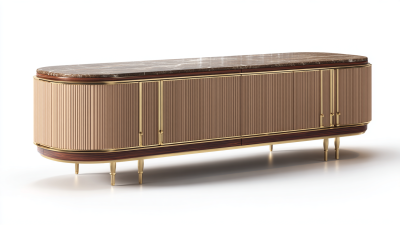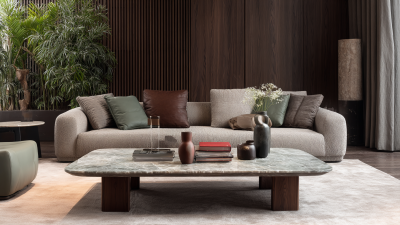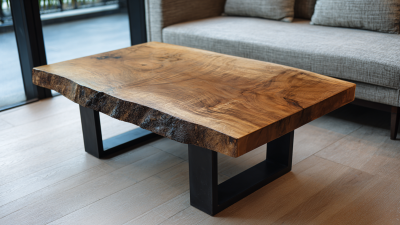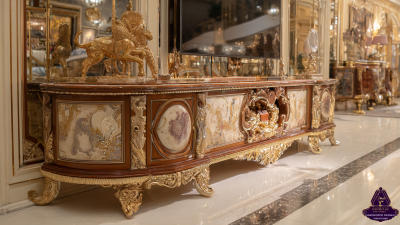When it comes to curating an ideal living space, selecting the perfect TV cabinet is a pivotal decision that extends beyond mere aesthetics. According to recent industry reports, the global TV cabinet market is projected to reach $7.5 billion by 2025, driven by increasing consumer demand for multifunctional furniture solutions that blend style and practicality. With a broad spectrum of designs available—ranging from minimalist contemporary styles to more traditional wooden structures—homeowners are now looking for TV cabinets that not only accommodate their entertainment needs but also enhance their living areas. A well-chosen TV cabinet can serve as a compelling focal point in a room, providing essential storage while promoting optimal viewing experiences. Therefore, understanding the nuances of functionality, material selection, and design trends is crucial for making an informed choice that aligns with personal tastes and evolving lifestyle needs.
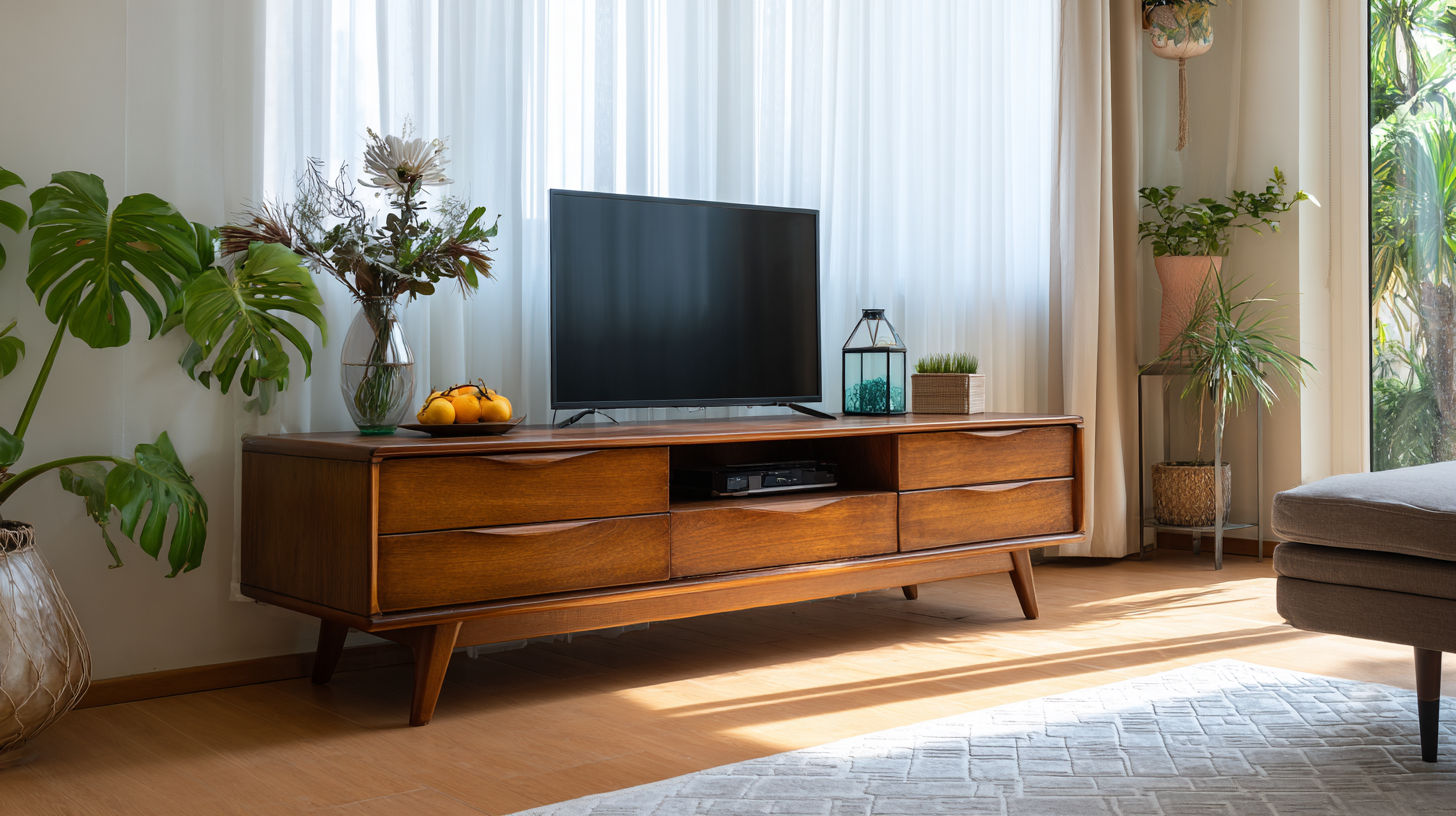
When selecting the perfect TV cabinet for your living space, it's crucial to identify your specific needs based on the style and layout of your room. Consider the size of your space: a compact apartment may require a multi-functional cabinet that doesn’t overwhelm the area, while larger living rooms can accommodate bulkier, more decorative pieces. Additionally, you should assess the existing color schemes and furnishings to ensure that your TV cabinet complements the overall aesthetic.
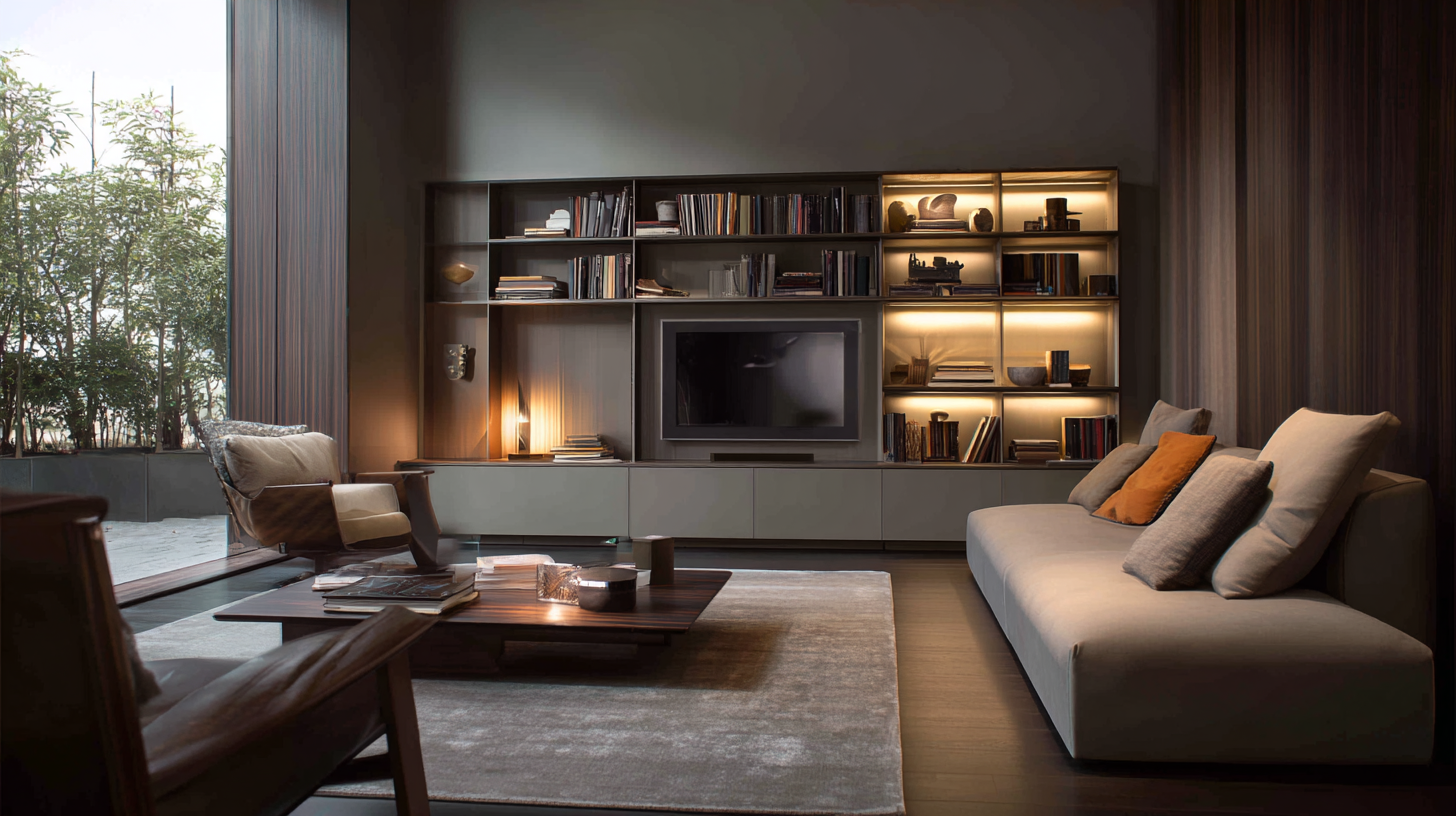
Tips: Keep in mind the height of the cabinet; it should be level with your seating for optimal viewing. If you have children or pets, prioritize safety features like rounded edges or sturdy construction. Opting for cabinets with built-in storage can also help minimize clutter and keep your living room tidy.
Another essential aspect is managing cords and technology. Many designs now incorporate clever solutions to hide TV cords, which can enhance the neatness of your living area. If space is limited, consider a floating TV stand to create an illusion of openness, making your space feel larger while providing a sleek look.
When selecting the ideal TV cabinet for your living space, it’s essential to explore the vast array of styles and designs available. Traditional cabinets often feature rich wood finishes and intricate carvings, providing a classic charm that complements vintage or rustic decor. These pieces not only serve as functional storage but also act as statement furniture, adding warmth and sophistication to the room.
On the other hand, modern designs lean towards minimalism, incorporating sleek lines and materials like glass or metal. Such cabinets create a contemporary look, perfect for those who appreciate a clean and uncluttered aesthetic.
In addition to style, the design of the TV cabinet should also cater to your practical needs. Floating cabinets are an excellent choice for smaller spaces, as they elevate the TV, making the room feel larger while providing additional storage underneath. Alternatively, units with built-in shelving offer a versatile option, allowing you to showcase decorative items alongside your television. Ultimately, considering the style and design of your TV cabinet will ensure it harmonizes with your décor while meeting your functional requirements.
When selecting a TV cabinet, understanding the right size and dimensions is crucial to achieving an optimal fit in your living space. According to a report by the National Furniture Association, approximately 43% of homeowners experience frustration due to ill-fitting furniture that disrupts the aesthetic of their living room. To avoid this common pitfall, it's essential to measure both the space available and the dimensions of the TV. The general guideline is to allow for at least a few inches of clearance on either side of the TV cabinet to prevent crowding and ensure proper air circulation for electronic devices.
Moreover, the ideal height of your TV cabinet should align with the eye level of viewers when seated, typically ranging from 42 to 48 inches from the floor, as suggested by interior designers. This height promotes an ergonomic viewing experience, reducing neck strain. Additionally, considering the depth of the cabinet is important; it should accommodate your television model and any additional components, such as gaming consoles or sound systems. Keep in mind that a cabinet that is too deep may overwhelm the space, while one that is too shallow might not provide adequate support. By carefully considering these dimensions, you can create a harmonious living environment that enhances your entertainment experience.
When choosing a TV cabinet, the materials and durability are essential factors to consider, as they directly impact the longevity and aesthetic appeal of the furniture. Common materials for TV cabinets include solid wood, engineered wood, metal, and glass. Solid wood provides excellent durability and a timeless look, making it a popular choice for many homeowners. However, it can be more expensive. Engineered wood offers a budget-friendly alternative, often with finishes that mimic the appearance of real wood, while metal and glass can add a modern touch to your living space. It's crucial to assess the weight and size of your TV and ensure that the cabinet can support it without compromising stability.
Durability is also influenced by the cabinet's construction and design. Look for features like reinforced corners, adjustable shelves, and sturdy hardware, which can enhance the overall robustness of the cabinet. Additionally, consider the type of finish used, as some surfaces may be more resistant to scratches and moisture. With the right combination of materials and careful attention to construction quality, your TV cabinet can serve as a stylish and lasting centerpiece in your living room, accommodating not just your television but also other media components and decor items.
When it comes to selecting the perfect TV cabinet, budgeting plays a crucial role in making your decision. Start by evaluating your overall budget and determining how much you're willing to spend on a cabinet that meets both your aesthetic and functional needs. It's essential to factor in not just the cost of the cabinet itself, but also any additional expenses such as delivery fees or assembly services if needed. Setting a clear budget will help narrow down your options and streamline your shopping experience.
Next, consider the materials and construction of the TV cabinet, as these can significantly influence the price. While you may be tempted to opt for cheaper options, investing in quality materials such as solid wood or metal can provide durability and longevity. Look for sales or discounts at local furniture stores or online retailers, which may allow you to find premium options within your budget. By prioritizing functionality and style while keeping an eye on costs, you can find an ideal TV cabinet that enhances your living space without breaking the bank.


